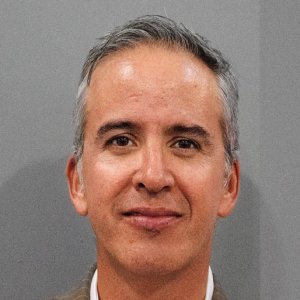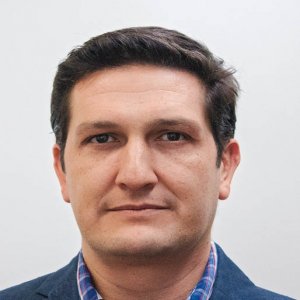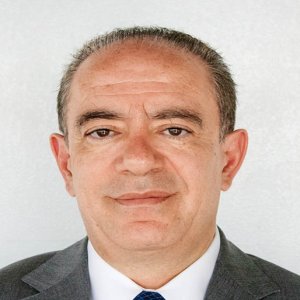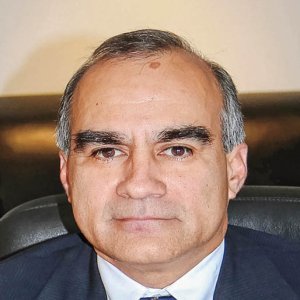Drilling Old Veins to Find New Profits

STORY INLINE POST
As an exploration company looking for the next project, revisiting past-producing assets is a tried and tested tactic to identify new resources and drill targets that will drive corporate value. In 1968, Avino Silver and Gold Mines was founded with the specific goal of reactivating and regenerating the historic Avino silver property in Durango.
The mine, with a history that dates back to the 1500s, was once described by Spanish conquistadores as a “mountain of silver” and was officially re-opened by Avino in 1974. After 27 years’ production, the mine was closed in 2001 because of plummeting silver prices but again rose from the ashes to begin producing in 2016. Despite extensive on-and-off extraction activities for over 500 years, the executive team at Avino is convinced the property holds more undiscovered resources. The company drilled 14 diamond holes in 2016 and will continue to explore the property in 2017.
“We secured a US$10 million bought deal financing in November 2016, and a significant portion of the proceeds will be put toward a drilling program in 2017,” says Carlos Rodriguez, COO of Avino Silver and Gold Mines. “We hope to drill at least 5,000m in 2017, mainly on the Avino vein but also at San Gonzalo.”
Drilling is expensive but Avino moved from development mining into commercial production in 2H16, which has significant ramifications for the company’s balance sheet. During the development phase, proceeds from the sale of concentrate are classified as a recovery of exploration and evaluation expenses rather than revenue, Rodriguez says. With the mine now in commercial production, top-line revenue is soaring. Despite total production levels falling due to lower grades, the company registered US$8.1 million in total revenue during 1Q17, an improvement of 306 percent year-on-year. Avino’s cash holdings also jumped during the quarter by 65 percent to US$7.6 million from US$4.6 million in 1Q16.
According to Rodriguez, alongside the drill program the company will also be expanding the mill to 2,500t/d by the end of 2017, adding to the overall throughput capacity, while a positive Pre-Feasibility Study (PFS) for an oxide tailings project will provide a further boost to the asset’s profitability. “Our production target for 2017 is 2.7 million silver equivalent ounces,” says Rodriguez. “But once Circuit 4 is completed, this figure should increase by at least 30 percent.”
While things are going well on the operational side, the company has run into an issue that affects many miners in Mexico: community relations. Rodriguez describes negotiations over land usage as “the biggest challenge” of working in Mexico, a task that is more challenging by the underwhelming impact of the royalty taxes slammed onto precious metal producers in 2013. “The population is not entirely sold on the benefits of mining, so when we announce new plans, we encounter opposition from local groups,” he says. “The fact is that the royalty tax that miners in Mexico pay on precious metal production has had little to no effect on local communities, so I can understand why they are frustrated – the companies are too.”
The Mining Trust Fund, administered by SEDATU to approve and fund new projects in mining-heavy regions, has been slow to allocate resources and Rodriguez’s tolerance is being tested. “We are told to be patient to see the results of the new taxes but the changes were made in 2013 and I believe that four years is enough time.”
The wider impact of this standoff is already being felt. The Fraser Institute Annual Survey of Mining Companies, which ranks jurisdictions on attractiveness based on a combination of geology and mining policy, placed Mexico at number 50 in 2016. In 2012, the year before the taxes were introduced, the country placed number 25.
For now, Avino is committed to follow through on its “aggressive” exploration program at its flagship property, and despite plans to re-open another past-producing asset in British Columbia, Canada, the company will continue to build its business around Avino. But Rodriguez insists the government must do more to promote the sector if it plans to attract further investors and re-emerge as a world-class destination for mining investment. This includes finding a resolution to community disenchantment.





















